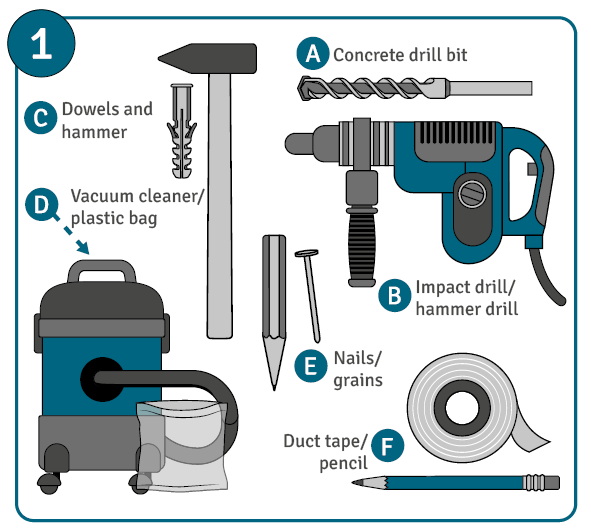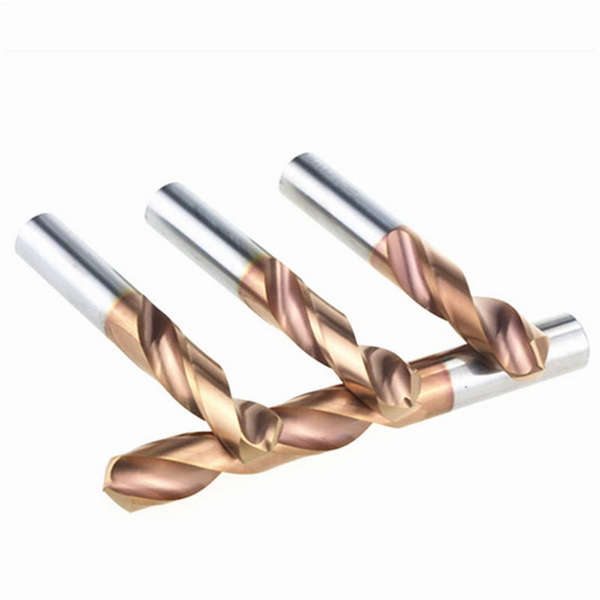Content Menu
● Introduction to Tungsten Carbide Dremel Bits
>> Characteristics of Tungsten Carbide Bits
● Sharpening Tungsten Carbide Bits
>> Tools Needed
>> Sharpening Process
● Alternative Sharpening Methods
>> Electrical Discharge Machining (EDM)
>> Laser Sharpening
● Tips and Precautions
● Applications of Tungsten Carbide Dremel Bits
>> Metalworking
>> Woodworking
>> Crafting
● Conclusion
● Frequently Asked Questions
>> 1. What is the best tool for sharpening tungsten carbide bits?
>> 2. Can I sharpen tungsten carbide bits without a diamond wheel?
>> 3. How often should I sharpen my tungsten carbide Dremel bits?
>> 4. What safety precautions should I take when sharpening tungsten carbide bits?
>> 5. Can I use a Dremel tool for other sharpening tasks?
● Citations:
Sharpening tungsten carbide Dremel bits can be challenging due to their hardness, but it is possible with the right tools and techniques. Tungsten carbide is one of the hardest materials next to diamonds, making it ideal for cutting and shaping hard materials like hardened steel, stainless steel, and ceramics. However, sharpening these bits requires careful consideration and specialized equipment.

Introduction to Tungsten Carbide Dremel Bits
Tungsten carbide Dremel bits are designed for high-speed applications and are used for shaping, smoothing, or removing material from hard materials. They are available in various shapes and sizes, each suited for specific tasks such as carving, engraving, or grinding.
Characteristics of Tungsten Carbide Bits
- Material: Tungsten carbide is extremely hard, making these bits durable and long-lasting.
- Applications: Suitable for hardened steel, stainless steel, cast iron, nonferrous metals, fired ceramics, plastics, and hard woods.
- Speed Recommendations:
- Wood: 20,000-30,000 RPM
- Metal: 15,000-20,000 RPM
- Plastic: 15,000-20,000 RPM
Sharpening Tungsten Carbide Bits
Sharpening tungsten carbide bits requires specialized tools, as they are too hard for conventional sharpening methods. The most effective way to sharpen these bits is by using a diamond wheel.
Tools Needed
- Diamond Wheel: A diamond-coated wheel is essential for sharpening tungsten carbide. These wheels are available in various sizes, but a smaller wheel (e.g., 0.875 inches) is often sufficient for Dremel bits.
- Dremel Tool: Used as a power source to rotate the diamond wheel.
- Safety Goggles: Essential for protecting your eyes from debris.
- Workbench or Vise: For stabilizing the bit during sharpening.
Sharpening Process
1. Prepare the Diamond Wheel:
- Attach the diamond wheel to your Dremel tool. Ensure it is securely fastened to prevent accidents.
2. Position the Bit:
- Hold the tungsten carbide bit firmly in a vise or clamp it to a stable surface. The edge to be sharpened should be accessible and parallel to the diamond wheel.
3. Sharpen the Bit:
- Start the Dremel at a low speed and gradually increase as needed. Hold the diamond wheel against the bit's edge at a slight angle (about 10-15 degrees).
- Move the wheel back and forth along the edge to maintain even sharpening. Be cautious not to apply too much pressure, which can damage the bit or the diamond wheel.
4. Inspect and Repeat:
- Periodically inspect the bit's edge to check for sharpness. Repeat the sharpening process until the desired sharpness is achieved.
Alternative Sharpening Methods
While diamond wheels are the most common method for sharpening tungsten carbide, other techniques like Electrical Discharge Machining (EDM) and laser sharpening can also be used for more precise applications.
Electrical Discharge Machining (EDM)
EDM is an advanced technique that uses electrical discharges to erode material from the blade's surface. This method is ideal for sharpening complex geometries without applying mechanical stress.
Laser Sharpening
Laser sharpening uses focused laser beams to vaporize small amounts of material, restoring sharpness without physical contact. This method is highly accurate and suitable for high-production environments.

Tips and Precautions
- Use Proper Safety Equipment: Always wear safety goggles and gloves to protect yourself from flying debris.
- Maintain Cool Conditions: Avoid overheating the bit or diamond wheel, as this can damage them. Use light touches and allow for cooling periods if necessary.
- Avoid Over-Sharpening: Tungsten carbide bits lose material quickly when sharpened. Avoid over-sharpening to preserve the bit's lifespan.
Applications of Tungsten Carbide Dremel Bits
Tungsten carbide Dremel bits are versatile and can be used in various industries, including metalworking, woodworking, and crafting. They are particularly effective for engraving names or designs on hard materials like steel or ceramics.
Metalworking
In metalworking, tungsten carbide bits are used for shaping and smoothing metal surfaces. They are ideal for working with hardened steel and stainless steel.
Woodworking
For woodworking, these bits can be used to carve intricate designs or patterns on hard woods. They are effective at high speeds, making them suitable for detailed work.
Crafting
In crafting, tungsten carbide bits are used for engraving and carving on various materials, including ceramics and plastics. Their precision allows for detailed designs and patterns.
Conclusion
Sharpening tungsten carbide Dremel bits requires patience and the right equipment. While these bits are durable, they can be sharpened using a diamond wheel to maintain their effectiveness. Always follow safety guidelines and use proper techniques to ensure successful sharpening.

Frequently Asked Questions
1. What is the best tool for sharpening tungsten carbide bits?
The best tool for sharpening tungsten carbide bits is a diamond wheel. Diamond is one of the few materials harder than tungsten carbide, making it ideal for sharpening these bits.
2. Can I sharpen tungsten carbide bits without a diamond wheel?
It is highly recommended to use a diamond wheel for sharpening tungsten carbide bits. Other materials may not be effective or could damage the bit. However, silicon carbide wheels can also be used, though they are less effective than diamond.
3. How often should I sharpen my tungsten carbide Dremel bits?
Sharpen your tungsten carbide bits as needed. If you notice a decrease in performance or the bit is no longer cutting effectively, it's time to sharpen them.
4. What safety precautions should I take when sharpening tungsten carbide bits?
Always wear safety goggles and gloves. Ensure the work area is well-ventilated and keep loose clothing tied back to avoid accidents.
5. Can I use a Dremel tool for other sharpening tasks?
Yes, a Dremel tool can be used for sharpening other materials, such as knives or scissors, but it is not the most efficient tool for these tasks. It is best suited for small, detailed work like sharpening carbide bits.
Citations:
[1] https://passionblade.com/what-is-the-best-way-to-sharpen-tungsten-carbide-blade/
[2] https://www.dremel.com/us/en/p/9904-2615009904
[3] https://www.youtube.com/watch?v=-Rl8U95sHxI
[4] https://huanatools.com/6-facts-about-tungsten-carbide-burrs-and-how-to-use-them/
[5] https://www.youtube.com/watch?v=HqS5KAaltCg
[6] https://www.youtube.com/watch?v=glEW8K9kn64
[7] http://www.supertopo.com/climbers-forum/2621354/Sharpening-Carbide-Drill-Bits
[8] https://prod-dremel.oneux.bosch-pt.com/ca/en/p/9903-2615009903?bvroute=Reviews%2FshowHelpfulPositive
















